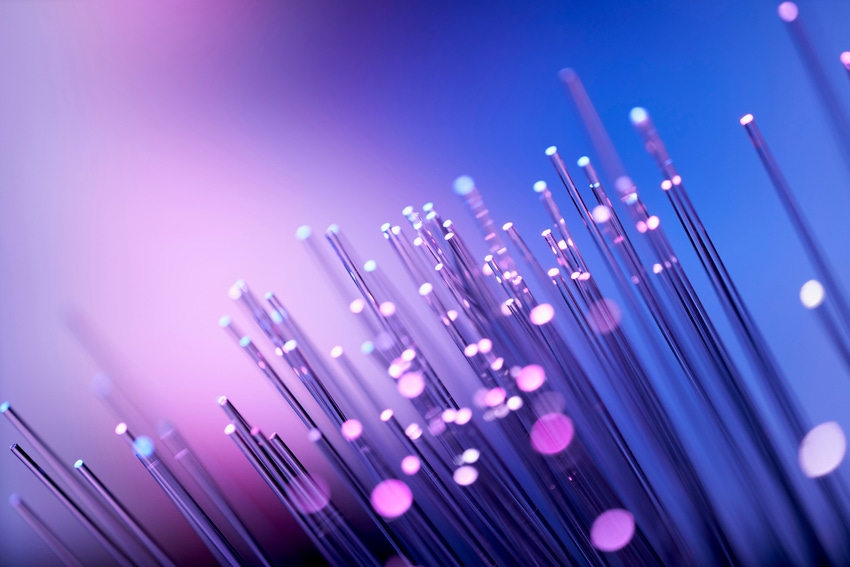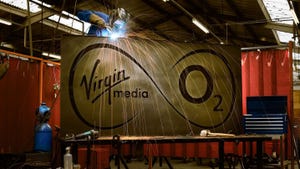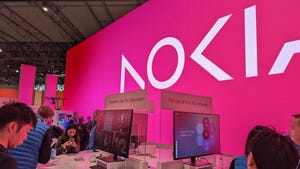Comcast drafts Apple, Nvidia, Valve for low latency cable trial
US cableco Comcast has brought in some heavy hitters to take part in its trial of low latency DOCSIS (LLD).
June 19, 2023

US cableco Comcast has brought in some heavy hitters to take part in its trial of low latency DOCSIS (LLD).
LLD has existed since 2019. It was developed by non-profit R&D outfit CableLabs, and is based on the Internet Engineering Task Force (IETF)’s Low Latency Low Loss Scalable Throughput (L4S) standards, which specify a particular method for how networks process data packets originating from latency-sensitive applications.
App developers that support L4S can mark their data traffic as being latency sensitive, and the LLD-enabled network is able to identify that traffic and reroute it through the DOCSIS network so it doesn’t get stuck in a queue behind traffic from other applications.
LLD is quite clever because it doesn’t interfere with the volume of bandwidth available to non-LLD traffic, and it doesn’t increase the latency of other applications either. It therefore shouldn’t fall foul of any rules related to prioritisation.
Like most new network technologies, it takes time to go from inventing to commercialising, and the intervening years have been marked by cable vendors slowly but surely incorporating LLD into their products. The first DOCSIS 3.1 cable modem to support LLD was announced by CableLabs in April 2021.
Two years later, and it seems final preparations are underway to turn LLD into a commercial reality.
“Today, we kicked off the industry’s first low latency DOCSIS (LLD) field trials, and to demonstrate some initial applications for consumers, we’re conducting these trials in collaboration with Apple, NVIDIA, and Valve,” said Jason Livingood, Comcast VP of technology policy, last mile product, research and standards, in a blog post late last week.
“This emerging network technology, which Comcast is planning to make available to customers by the end of 2023, is a key component of the Xfinity 10G Network that has the potential to transform the performance of interactive applications and create a foundation for new consumer use cases that have yet to be imagined,” he said.
Livingood didn’t specify exactly which Apple apps and services will leverage LLD, but directed readers to a presentation at the iPhone maker’s recent Worldwide Developer Conference (WWDC), during which it was revealed that iOS 17, iPadOS 17, macOS Sonoma, and tvOS 17 all support L4S, “so that devices will offer a seamless streaming experience, for example, while using FaceTime.”
As for Nvidia, the Taiwanese chip maker is using LLD to improve the latency performance of its GeForce Now cloud gaming service. There is no word on what games developer Valve hopes to get out of the field trial, but given a lot of its titles are multiplayer games, it is fairly safe to assume that LLD should help to improve their performance.
Comcast is also keen to invite more companies to take part in the trial, and is encouraging anyone interested to get in touch.
As for end users, Livingood explained that Xfinity customers who live in trial markets and who either lease an Xfinity 10G gateway or own an Arris S33 or Netgear CM1000v2 gateway can participate in the trial. They need to complete a survey on the Xfinity Insights Community portal to find out whether they are eligible.
“The initial trials are just the beginning of an exciting roadmap of upgrades the company has planned for 2023 and beyond to continue delivering a world-class connectivity experience to millions of consumers,” Livingood said.
Get the latest news straight to your inbox. Register for the Telecoms.com newsletter here.
About the Author(s)
You May Also Like











_1.jpg?width=300&auto=webp&quality=80&disable=upscale)


.png?width=800&auto=webp&quality=80&disable=upscale)